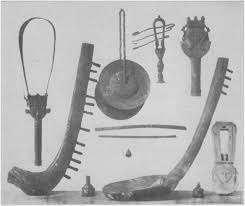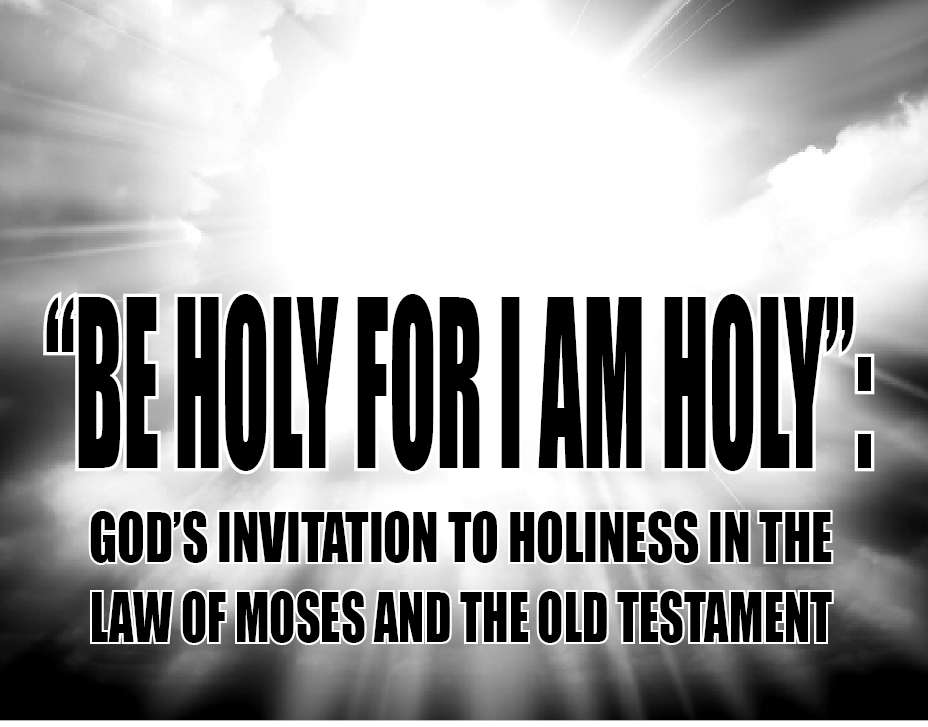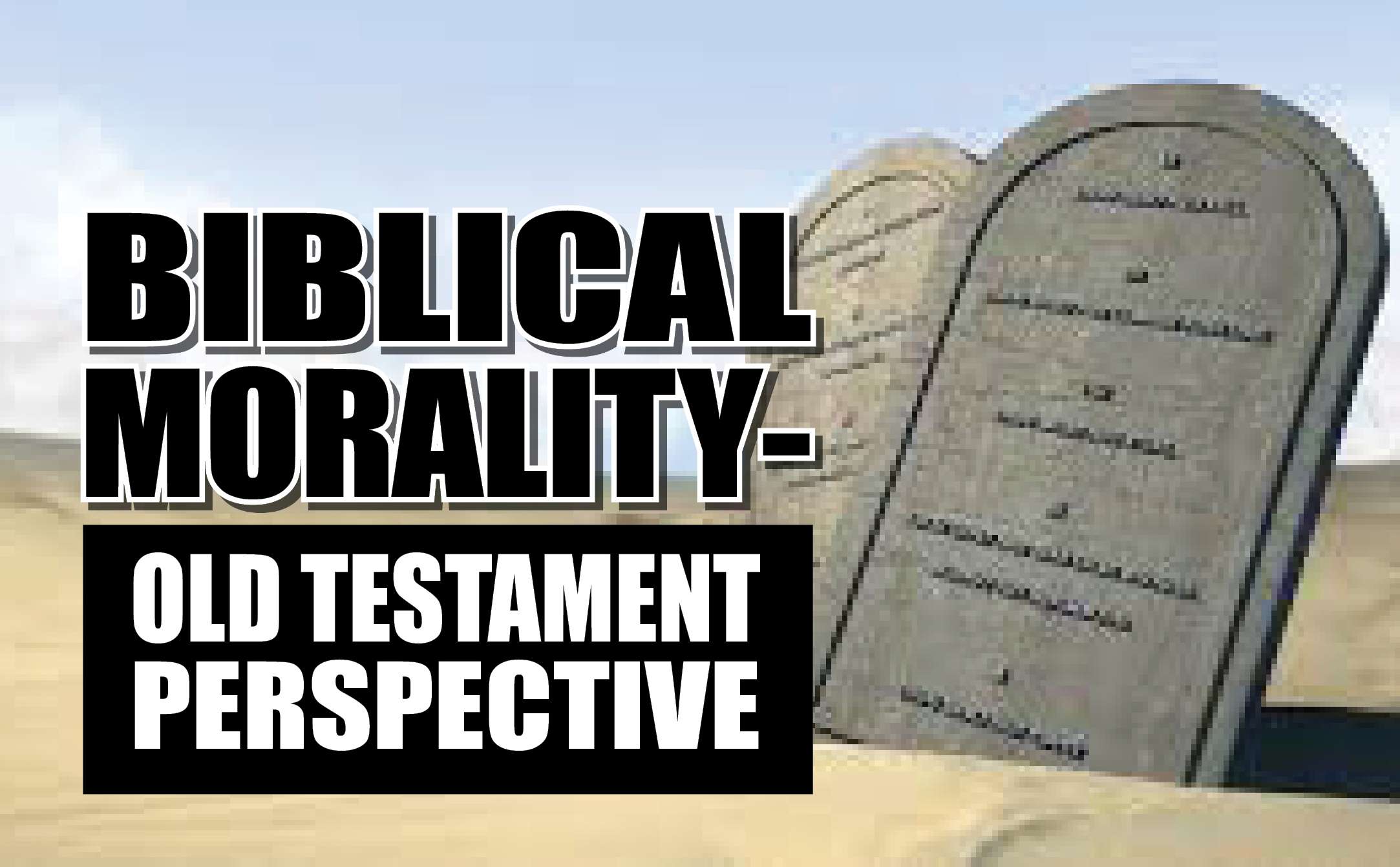

Jewish Synagogues During the Time of Jesus
Pr. Jison Saju Joseph
The Gospel writer Luke preserves an important account of first century synagogue worship where Jesus too was involved: “And he (Jesus) came to Nazareth, where he had been brought up; and he went to the synagogue as his custom was, on the Sabbath day. And he stood up to read; and there was given to him the book of prophet Isaiah. He opened the book and found the place where it was written...” (Luke 4:16-17)
The first Jewish synagogues may have been built by Jews held captive far from the temple during the Babylonian Exile in the sixth century B.C. However, synagogues were important religious and social institutions later in the years of early Judaism of the Second Temple and during the time of Jesus and further. The original Greek word synagogue means merely "a place of meeting." In the Jewish world synagogues were second only to the temple in Jerusalem itself as religious institutions. They also served as schools of religious instruction and communal halls for civic functions under the direction of a council of elders. Typically, a synagogue was a small structure built on a rise above the neighbouring houses. Opposite the entrance, a portable ark contained the scrolls of the Law and the Prophets. In front of it, facing worshipers were the "chief seats" for religious leaders. Men and women perhaps sat apart from each other in the congregation as they did in later times. For public worship, which was conducted on the Sabbath, a minimum of 10 adult males had to be in attendance. The five-part service included prayers, psalm-singing, blessings, readings from the Scriptures, and commentaries on the sacred passages, but there were no sacrifices and no standard liturgy. Although a rabbi might be recognized as the leader because of his distinguished teaching, there was no official clergy. In fact, any Jew who felt himself qualified could ask for permission to teach the Scriptures.
Synagogues in Judaism
The synagogue played a large part in the growth and persistence of Judaism. The Jews of the exile founded synagogues in every city of the empire where there were enough Jews to maintain one. Galilee, which in the days of the Maccabees was largely Gentile (I Macc. 5:21-23), was filled with synagogues in the time of Christ. The synagogue was the social centre where the Jewish inhabitants of a city gathered weekly to meet each other. It was the educational medium for keeping the law before the people and for providing instruction for their children in the ancestral faith. It was the substitute for temple worship, which was precluded by distance. In the synagogue the study of the law took the place of ritual sacrifice, the rabbi supplanted the priest, and the communal faith was applied to individual life.
Each synagogue had as its leader the "head of synagogue" (Mark 5:22), who was probably selected from among the elders by vote. The leader presided over the services in the synagogue, acted as instructor in case of any dispute (Luke 13:14), and introduced visitors to the assembly (Acts 13:15). The synagogue attendant, or hazzan, acted as custodian of the property and had the responsibility of caring for the building and its contents. His duties included warning the village people of the beginning of the Sabbath on Friday afternoon and notifying them also of its close. Probably he was the official mentioned in Luke 4:20 who brought forth the roll of Scripture from which Jesus preached in the synagogue at Nazareth and who replaced the roll in its proper place when He had finished reading from it. On occasion the hazzan served as the master of the local synagogue school. The synagogue buildings were usually substantial structures of stone, sometimes richly furnished if the congregation or sponsor were wealthy. Every synagogue had a chest in which the roll of the law was kept, a platform with a reading desk from which the Scripture of the day was read, lamps for lighting the building, and benches or seats for the congregation.
However, women sat in a separate section, and were not expected to take part in the synagogue worship. The ancient synagogue was a unique and innovative institution that played a central role in Jewish life. As the Jewish space par excellence throughout the Roman world, the synagogue was the largest and most monumental building in any Jewish community and was often located in the centre of the town or village. Numerous synagogues were set up in Jerusalem, including one for freedmen, or ex-slaves. There were no less than 480 synagogues in Jerusalem during Jesus' time. The well preserved synagogue at Capernaum dates from the first or second century AD and is probably the site of the building where Jesus spoke. Wherever the apostle Paul travelled, he made first for the local synagogue to preach the Christian message to the Jews. As a qualified rabbi he would be invited to expound the weekly readings from the Torah and the Prophets. At Philippi he went to 'a place of prayer'. This was a common description for a synagogue and may have been a synagogue rather than just a riverside place of prayer, as is traditionally accepted. Some synagogues were huge. Excavators have discovered an enormous synagogue at Sardis, in western Turkey, which was in use from 200-600 AD. The main hall is 65 yards long, with a forecourt and porch projecting an additional 43 yards. The great Diploston synagogue in Alexandria was so enormous that a man was stationed in the middle of the building so he could signal with a flag the correct moment for the Amen to people at the back of the building.
The Synagogue Service
The synagogue service consisted of recitation of the Jewish Shema, "Hear, O Israel: Jehovah our God is one Jehovah: and you shall love Jehovah your God with all your heart, and with all your soul, and with all your might" (Deut. 6:4, 5). This was accompanied by sentences of praise to God called Berakot because they began with the word "Blessed." Following the Shema was a ritual prayer, concluding with an opportunity for individual silent prayer on the part of the members of the congregation. The reading of the Scriptures, which came next, began with special sections of the law which were assigned to holy days; but as time went on the entire Pentateuch was divided into sections which gave a fixed cycle of one hundred fifty-four lessons to be read in a definite period of time. The Palestinian Jews read through the Pentateuch every three years, whereas the Babylonian Jews completed the reading in one year. The Prophets were also used, as Jesus' reading in the synagogue shows (Luke 4:16-.). Probably on that occasion Jesus Himself selected the reading.
A sermon followed the reading of the Scripture, explaining the portion which had been read. The sermon in the synagogue at Nazareth was in full keeping with the regular procedure of the day. The sermon closed with a blessing, pronounced by some priestly member of the congregation. If no person with priestly qualifications was present, a prayer was substituted for the blessing. Jesus Himself attended regularly the service of the synagogue and took part in it. His disciples also had been accustomed to its ritual. Paul in his travels visited the synagogues first whenever he entered strange cities, and he preached and debated with the Jews and proselytes who gathered to hear him.
Synagogues and the First Century Church
In the very beginning, believers in Jesus did not separate themselves from their fellow Jews. Like Pharisees, Sadducees, Essenes, and lesser-known groups, they seemed to form a new sect of Judaism-sometimes called "the Way"; and the first Christians preached in synagogues whose members shared many of the same beliefs and were already familiar with the Scriptures. Later, as missionaries carried the Gospel out into the Greco-Roman world, services that included gentiles were initially held in synagogues; but soon there were churches specifically for gentile converts. Soon, the gentile Christianity that grew out of the early churches began to predominate over the Jewish Christianity that was centred in synagogues. In fact, as the faith spread in the West, it failed in Palestine, partly because it did not give encouragement to the Zealots, who wanted to rise up against Rome, and partly because its essential ideas and beliefs struck many traditional Jews as too revolutionary. Perhaps as early as AD 50, Jews and Christianized Jews split, and soon the gulf between synagogue and church had widened beyond the point of reconciliation. The Church followed to some degree the procedure of the Synagogue. As a matter of fact, some early Christian worship may have been carried on within the synagogue; for the Epistle of James implies that the Christian community to whom it was written was still worshipping there (James. 2:1, 2). Because of the summary and persistent rejection of the gospel of Christ by the Jewish people, the church and the synagogue parted company.










